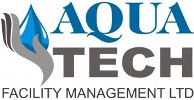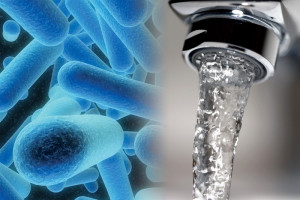• Legionnaires’ disease: a brief guide for duty holder
• The control of legionella bacteria in water systems
Legionnaires’ disease
Legionnaires’ disease is an uncommon form of pneumonia caused by the legionella bacterium. The majority of cases are reported as single (isolated) cases but outbreaks can occur. All ages can be affected but the disease mainly affects people over 50 years of age, and generally men more than women. Smokers and the immunocompromised are at a higher risk. http://www.hpa.org.uk/Topics/InfectiousDiseases/InfectionsAZ/LegionnairesDisease/
How do people get it?
People become infected when they inhale legionella bacteria which have been released into the air in aerosolised form from a contaminated source. Once in the lungs the bacteria multiply and cause either pneumonia or a less serious flu like illness (Pontiac fever ). http://www.hpa.org.uk/Topics/InfectiousDiseases/InfectionsAZ/LegionnairesDisease/
Where does it come from?
The bacteria are widely distributed in the environment. They can live in all types of water including both natural sources such as rivers and streams, and artificial water sources such as water towers associated with cooling systems, hot and cold water systems and spa pools. They only become a risk to health when the temperature allows the legionellae to grow rapidly, such as in water systems which are not properly designed, installed and/or maintained. http://www.hpa.org.uk/Topics/InfectiousDiseases/InfectionsAZ/LegionnairesDisease/
Symptoms of Legionella infection
The early symptoms of Legionnaires’ disease include a ‘flu-like’ illness with muscle aches, tiredness, headaches, dry cough and fever. Sometimes diarrhoea occurs and confusion may develop. Deaths occur in 10-15% of the general population and may be higher in some groups of patients. The incubation period can range from 2 to 19 days with a median of 6 to 7 days after exposure.
What measures are there to control legionnaires’ disease?
Control and prevention of the disease is through treatment of the source of the infection, i.e. by treating the contaminated water systems, and good design and maintenance to prevent growth in the first place.

